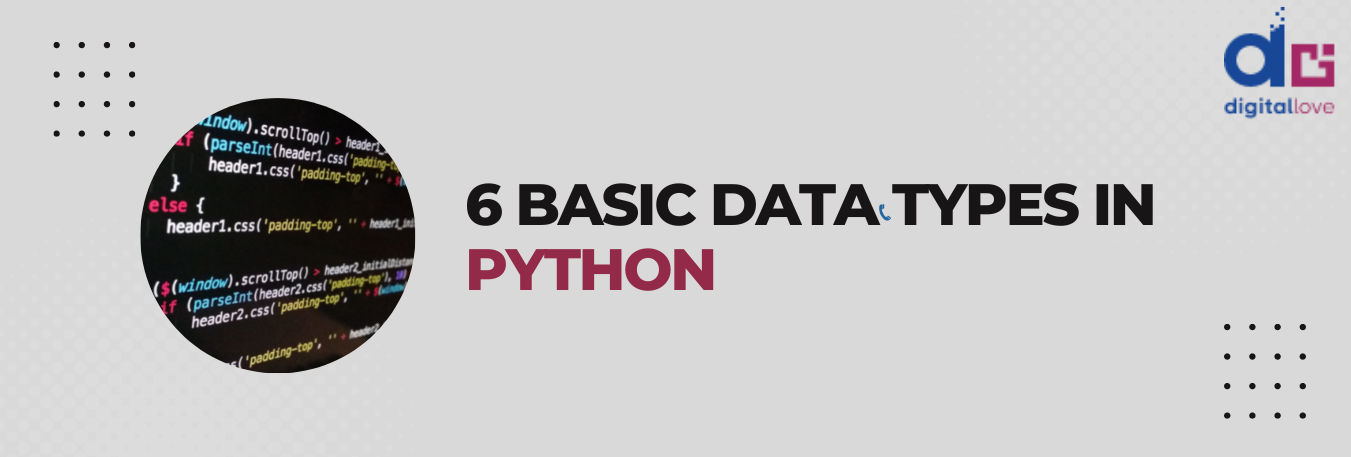.png)
Every business understands the importance of an organized database but, it might not always be easy to collect and analyse data. This is where SQL comes into play and helps in making the process smooth. Let’s find out what SQL is and how you can use it.
Structured Query Language (SQL) is used to manage databases. It is the most commonly used language for accessing and manipulating databases. It is used to store, retrieve, modify and delete data stored in relational databases.
SQL is a powerful language that can be used to create, query, and delete data from a database. It is used to create tables and relationships between them, as well as to add, modify, and delete data from them. It can also be used to create stored procedures, triggers, and functions.
SQL is a declarative language, meaning that it is used to describe the desired outcome rather than the procedure for achieving it. This allows for more flexibility and makes it easier to read and understand.
The basic syntax of SQL consists of statements which are used to perform operations. These statements are written in a specific order and contain certain keywords.
The most basic statement is the SELECT statement, which is used to retrieve data from a database. It is followed by the FROM clause which specifies the table from which the data is to be retrieved. The WHERE clause is used to specify the criteria for the query, and the ORDER BY clause is used to sort the results in a certain order.
In addition to the SELECT statement, there are other statements such as INSERT, UPDATE, and DELETE which are used to add, modify, and delete data from a database.
SQL can also be used to create views, which are essentially virtual tables that are derived from the data in other tables. Views can be used to simplify complex queries, as well as to provide security by not allowing users to access certain data.
It is a great language to learn and can be used to create powerful and efficient databases. If you want to start your career as a SQL Architect, check out our SQL training and certification program.









